
plant of the month: conifer
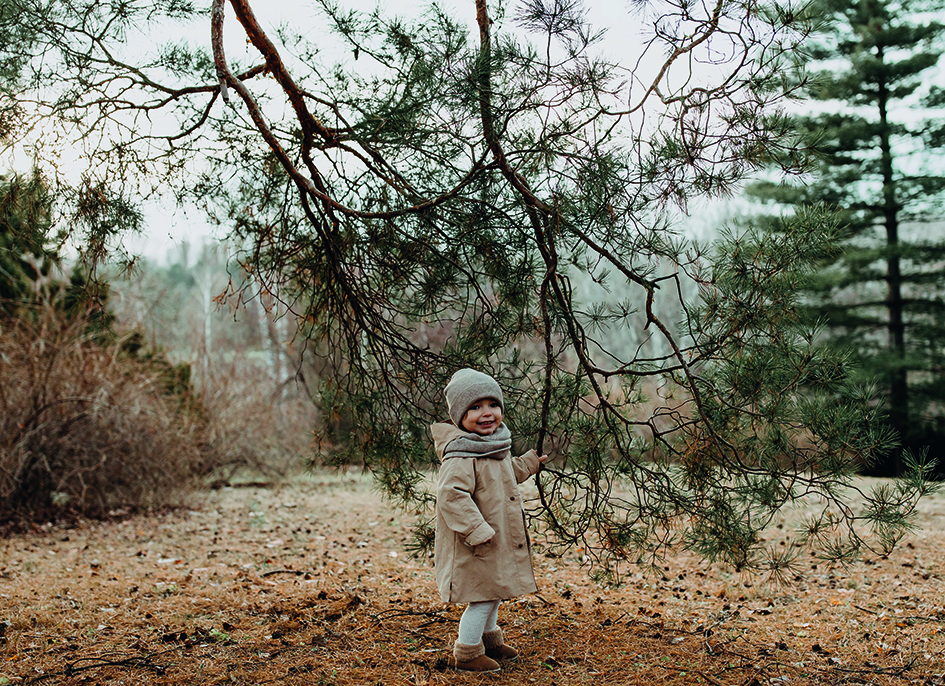 There are 800 species of these trees and the only thing they all have in common is they bear cones (hence the name). You can’t even rely on them being green, or evergreen: in the UK we have larches that change colour in autumn and then drop their leaves. But most conifers have needle-like leaves along with their cones, and that’s the easiest way to identify them.
There are 800 species of these trees and the only thing they all have in common is they bear cones (hence the name). You can’t even rely on them being green, or evergreen: in the UK we have larches that change colour in autumn and then drop their leaves. But most conifers have needle-like leaves along with their cones, and that’s the easiest way to identify them.
fact file
- Conifers lived at the same time as dinosaurs – fossils of their leaves are often found when digging for dinosaur bones. But unlike dinosaurs, conifers survived the asteroid!
- Conifers in the north are conical in shape, with downward droopy branches – this is so that snow falls off them and their leaves can absorb as much light as possible in the winter.
- The world’s oldest and tallest trees are conifers: 5,000-year-old bristlecones and giant sequoias that can grow almost 100m tall.
myth, magic and culture
- Ancient people believed conifers were immortal because they didn’t drop their leaves in autumn. In fact, conifers keep each individual leaf for several years, but needles do turn brown eventually and drop off.
- Pine is a traditional boatbuilding material, as its high resin content means it is slow to decay. However, boatbuilders distrusted pine harvested in a waning moon (going from full moon to crescent) because they believed the moon affected the resin. This is actually true – the moon’s gravity affects many things on Earth, including sap flow in all kinds of plants. Test out conifer’s buoyancy by floating pieces of bark in a tuff tray – you can often find chunks of bark around the base of the trees.
- Ancient Romans might have invented the Christmas tree – their own records show that they celebrated Saturnalia (their midwinter pagan festival) with decorated fir trees as offerings to Saturn, their god of growing and time.
- Super-flexible conifer branches can be weaved through fences or round in circles to make wreaths and head dresses – along with laurel (also an evergreen), pine was often used in the crowns and circlets of ancient monarchs and leaders.
superhero feature
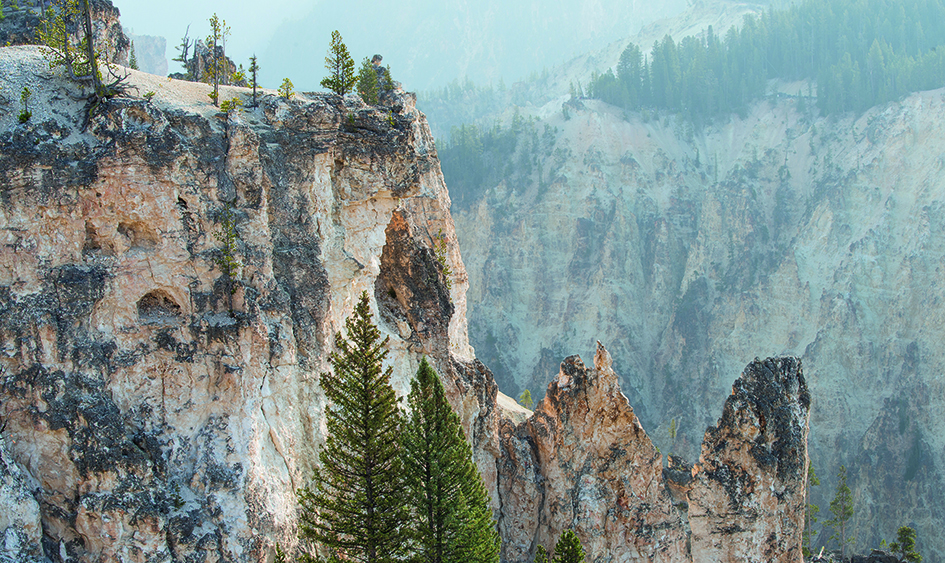 Conifers are extremely resilient. They can grow in almost any conditions, survive pretty much every kind of rubbishy soil, will cling to rocky cliffs and can withstand lengthy dry periods.
Conifers are extremely resilient. They can grow in almost any conditions, survive pretty much every kind of rubbishy soil, will cling to rocky cliffs and can withstand lengthy dry periods.
STEM springboards
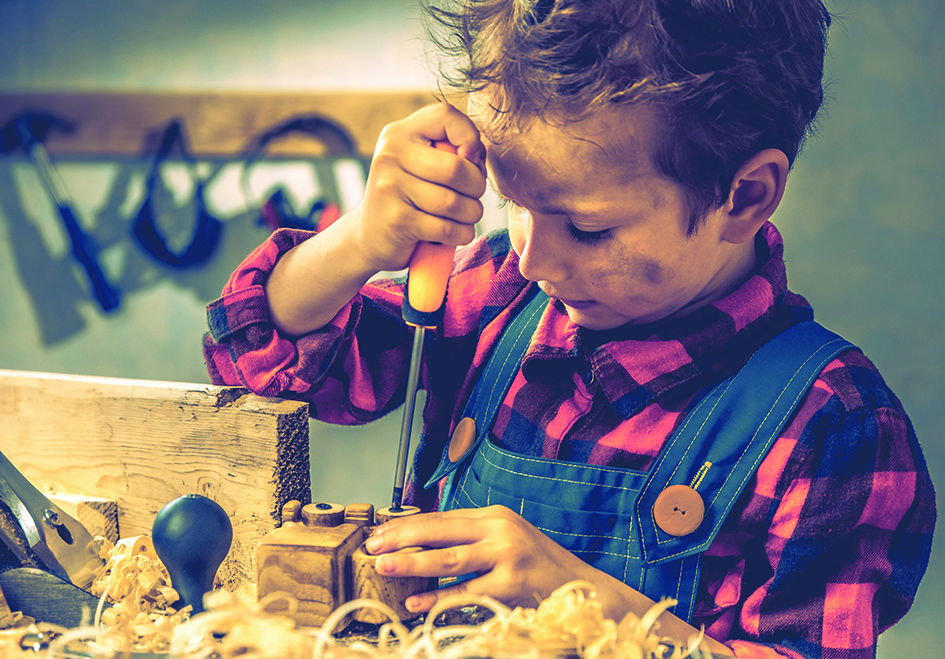 The conifers are fast-growing softwood trees and one of the most widely used building materials in the world. Find out where your nearest builders’ merchant or wood yard is and ask them to save offcuts for you, so children can inspect different types of conifer wood. You’re most likely to source cedar, pine and fir. Use palm drills to experiment with making holes in the different types of wood.
The conifers are fast-growing softwood trees and one of the most widely used building materials in the world. Find out where your nearest builders’ merchant or wood yard is and ask them to save offcuts for you, so children can inspect different types of conifer wood. You’re most likely to source cedar, pine and fir. Use palm drills to experiment with making holes in the different types of wood.- Lots of objects are made from conifer wood. Make a spotter guide for the building and garden, with photographs of small parts of the features that are made from conifers – such as doors, fences, play equipment – and send children on a hunt for the objects.
- Pinecone experiments are easy: in the morning, collect pinecones and drop a few into a large bowl of cold water. Let them absorb the water for a couple of hours, watching what happens to the scales. Lay them onto absorbent kitchen paper. Observe what happens over the next 24 hours. As the water evaporates, the scales start to separate again.
- It is possible to grow a conifer from the seeds inside the scales of the cone – there are many online videos showing how.
sensory exploration
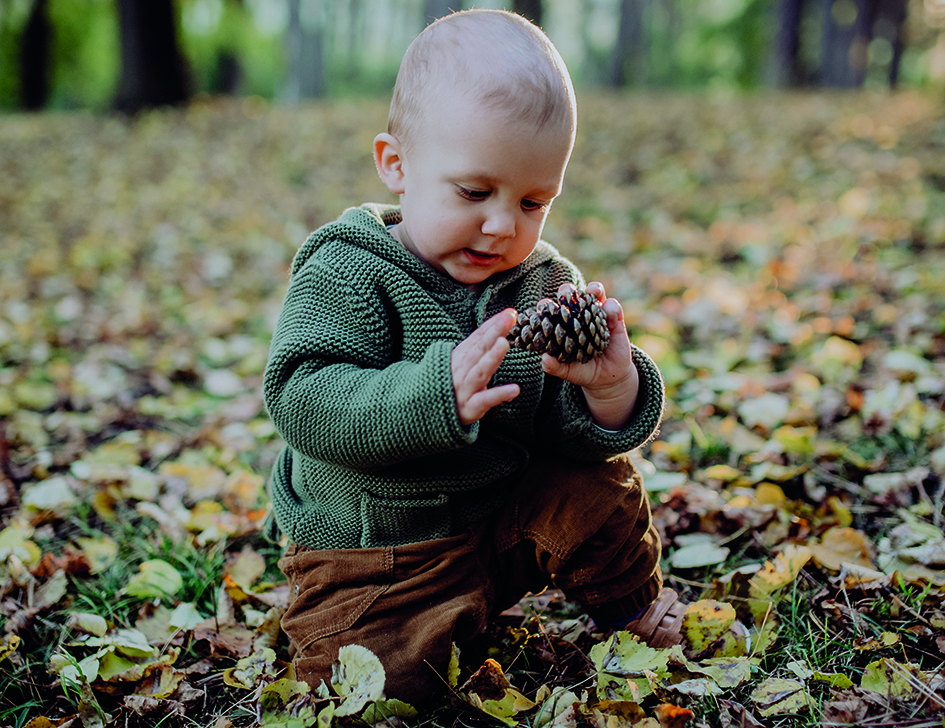 Conifers are fascinating to explore with our whole bodies. If you don’t have any in your garden, find out where there are a few in walking distance and take a group of children to touch, smell and listen to them. The rough bark, sharp needles, swishy branches and soft ground underneath all lend themselves to slow and mindful exploration.
Conifers are fascinating to explore with our whole bodies. If you don’t have any in your garden, find out where there are a few in walking distance and take a group of children to touch, smell and listen to them. The rough bark, sharp needles, swishy branches and soft ground underneath all lend themselves to slow and mindful exploration.- Collect bagfuls of fallen needles to play with back in the setting.
- Pick up the tiny fallen branches and leave them somewhere to dry out – they make excellent kindling for your campfire.
- Scavenge hundreds of cones – literally every single one you can find – and create a huge pile of them outdoors. There is no need to set up any provocations – just having a mountain of pinecones of every shape and size will be sufficient to get children’s creative and sensory juices flowing.
- Often the ground under conifers is soft and smells heavenly. If children aren’t keen on the feel of the needles, take blankets or towels out to lie on, and spend some time quietly peering up towards the sky, watching for birds and the gentle rustle of branches. Tree bathing can be done in the country or a city park and is now believed to offer healing and peace and respite from the pressures of everyday life, and an opportunity to become at one with the natural world.
conifer seasonal springboards
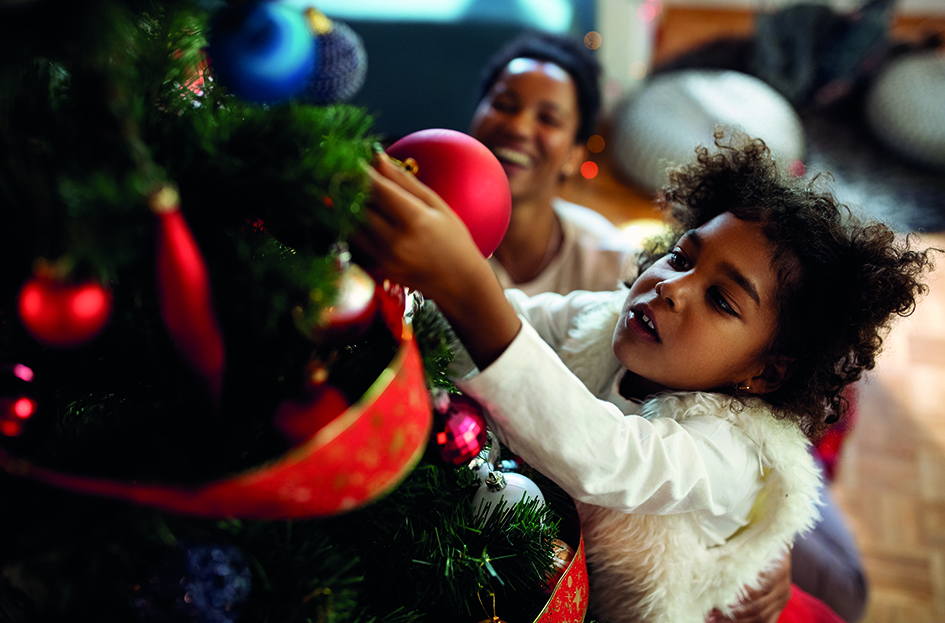 In autumn, collect fallen pinecones to make bird feeders. Tie a length of string around the top of each one; melt lard gently in a pan/microwave and add bird seeds; pour the lard into a tray and allow it to solidify; squish the cones through the lard, then hang from tree branches and watch the feast. Birds will be particularly appreciative as winter approaches, and again in spring when they are nesting.
In autumn, collect fallen pinecones to make bird feeders. Tie a length of string around the top of each one; melt lard gently in a pan/microwave and add bird seeds; pour the lard into a tray and allow it to solidify; squish the cones through the lard, then hang from tree branches and watch the feast. Birds will be particularly appreciative as winter approaches, and again in spring when they are nesting.
Tree dressing has a long history – way before Christmas trees were dreamed up, communities in the far north would decorate trees during winter to brighten up long winter nights and encourage the return of the sun. A UK charity, Common Ground, initiated Tree Dressing Day to celebrate our important trees. This year, it is 4 December and you could be as simple or extravagant as you like – from simple strips of fabric tied to branches through to yarn-bombing a trunk. Find out more about Tree Dressing Day here: https://www.commonground.org.uk/tree-dressing-day.
Conifers have a very distinctive smell in spring – it’s the perfect season for some tree hugging. Children will be able to distinguish unique smells on the conifer’s bark and on its needles and cones – plus, you may find sap or resin flowing down the bark. Don’t damage the tree to find sap (sap is like a tree’s blood, and is full of nutrients), but if you do spot some seeping from small holes in the trunk, collect it in a jar and watch it harden. Like amber, it may have tiny insects or pieces of bark trapped in it.
a conifer story
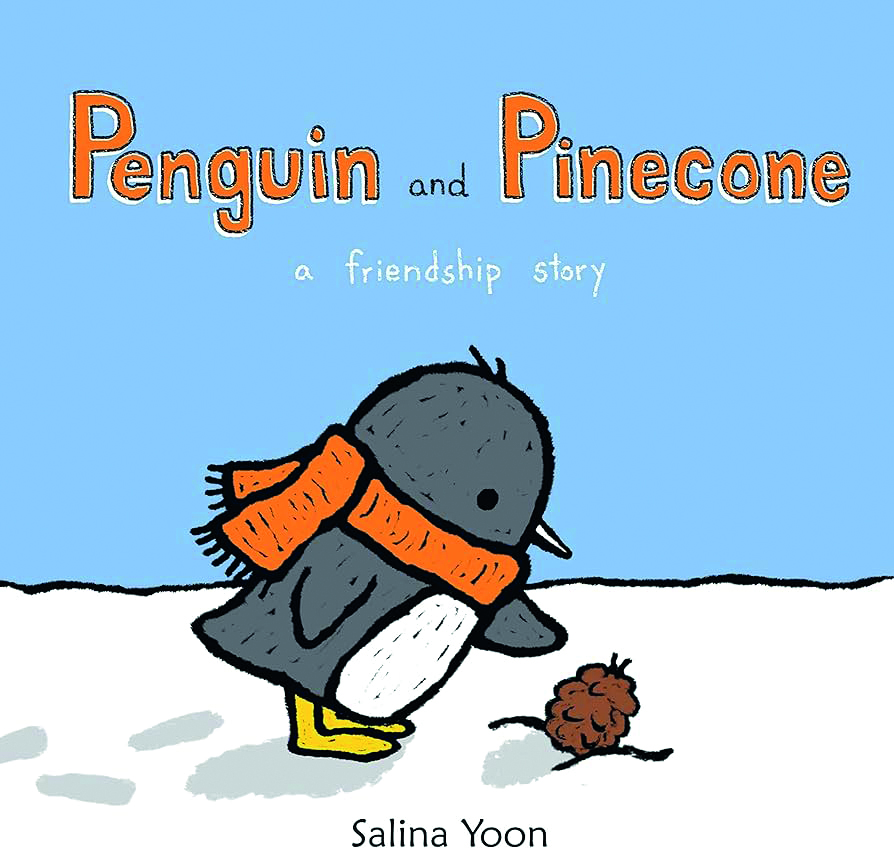 Many fairy tales are set in deep dark conifer-like woods, and there is no shortage of Christmas-tree-themed yarns. Penguin and Pinecone from Salina Yoon’s ‘Penguin’ series offers a twist on a tree story with a pinecone taking centre stage.
Many fairy tales are set in deep dark conifer-like woods, and there is no shortage of Christmas-tree-themed yarns. Penguin and Pinecone from Salina Yoon’s ‘Penguin’ series offers a twist on a tree story with a pinecone taking centre stage.
This story would work well as an introduction to the pinecone experiment in the STEM springboards, and you can find good-quality secondhand copies cheaply online.
next month – poppies
It’s the last part of this series next month, so I’m going to share playful ideas for the plants we haven’t had space for this year: ash, ivy, lime and poppies.









